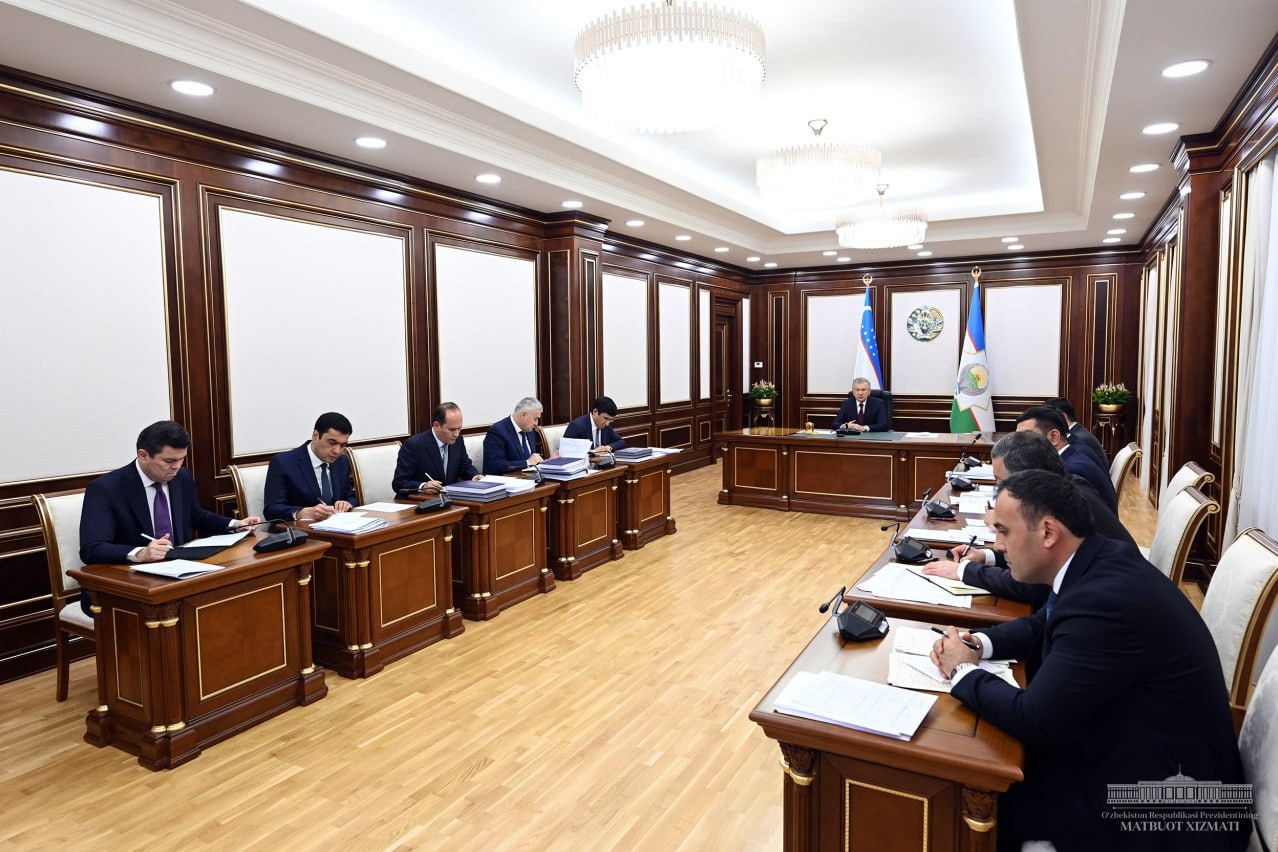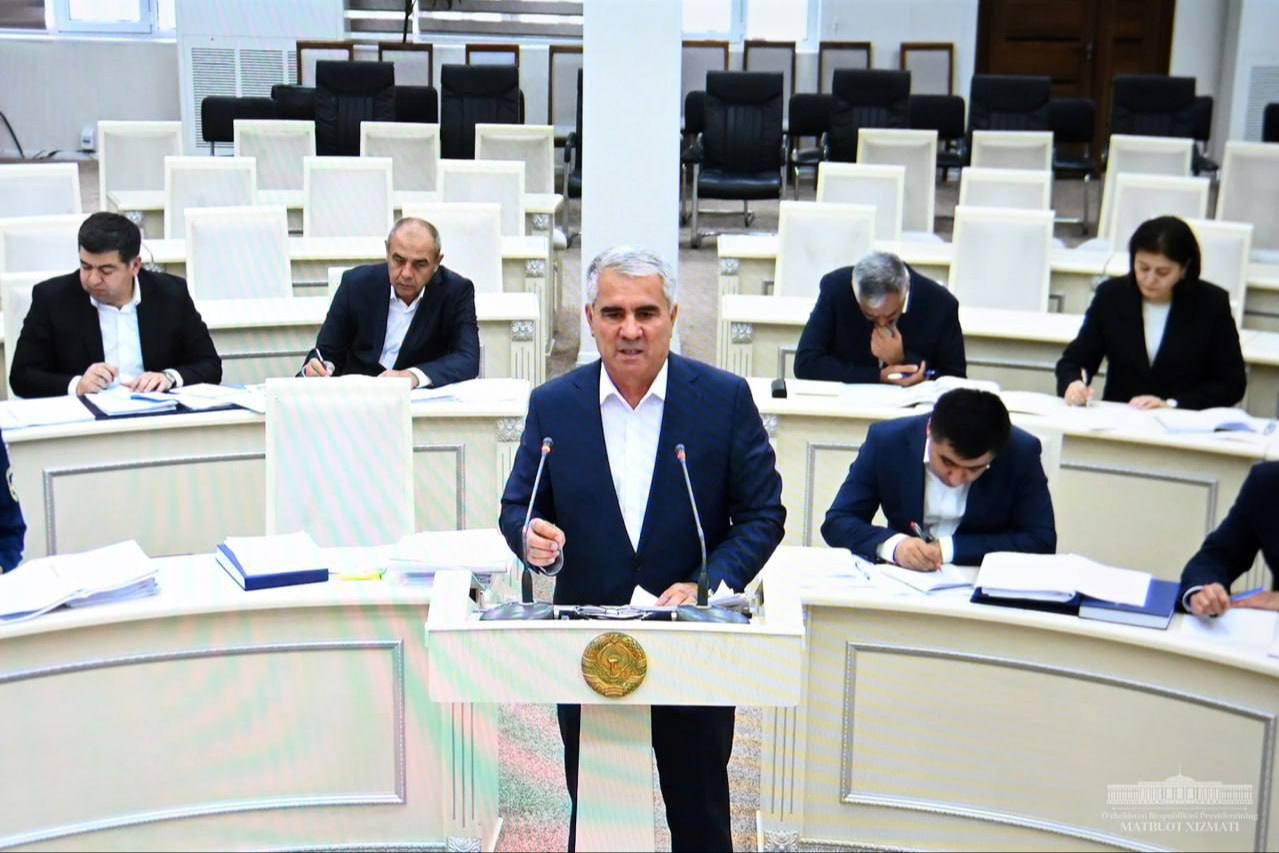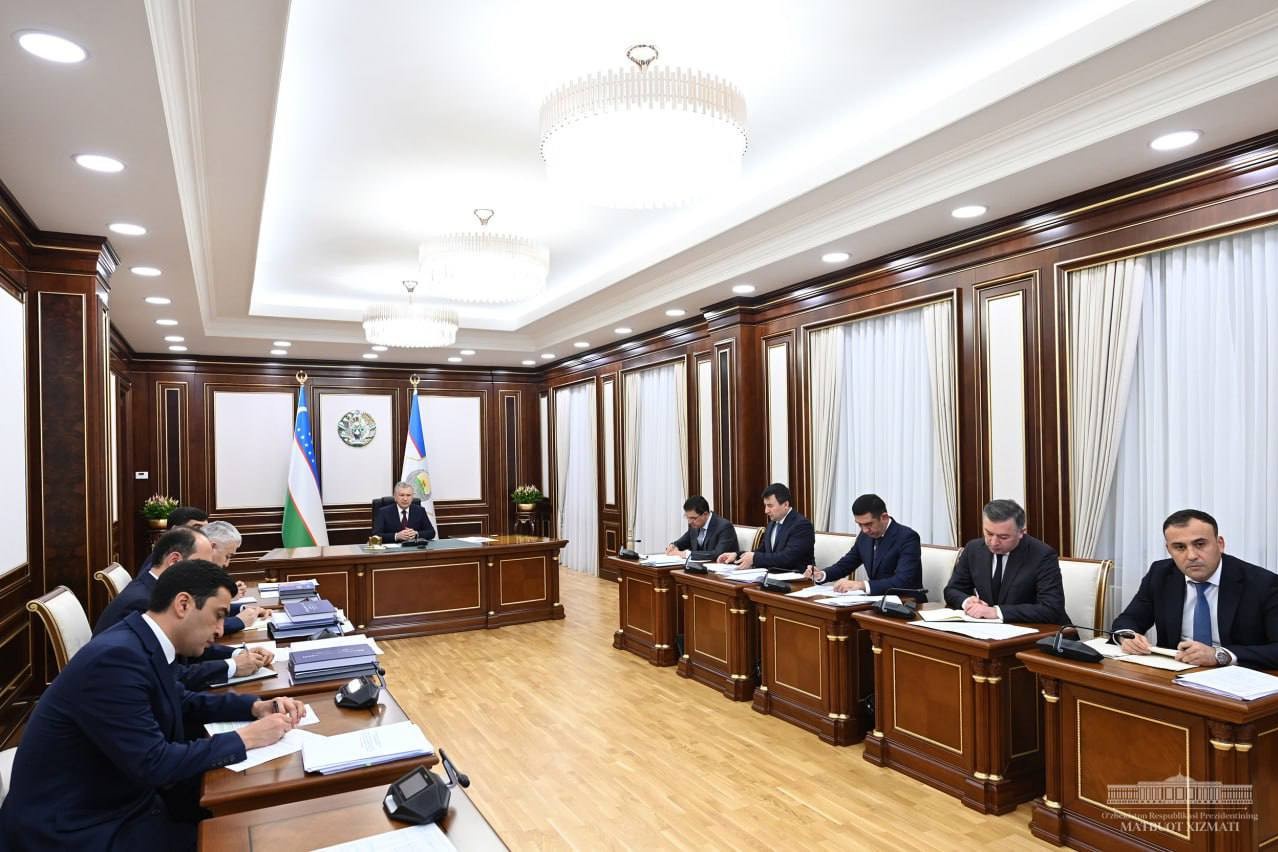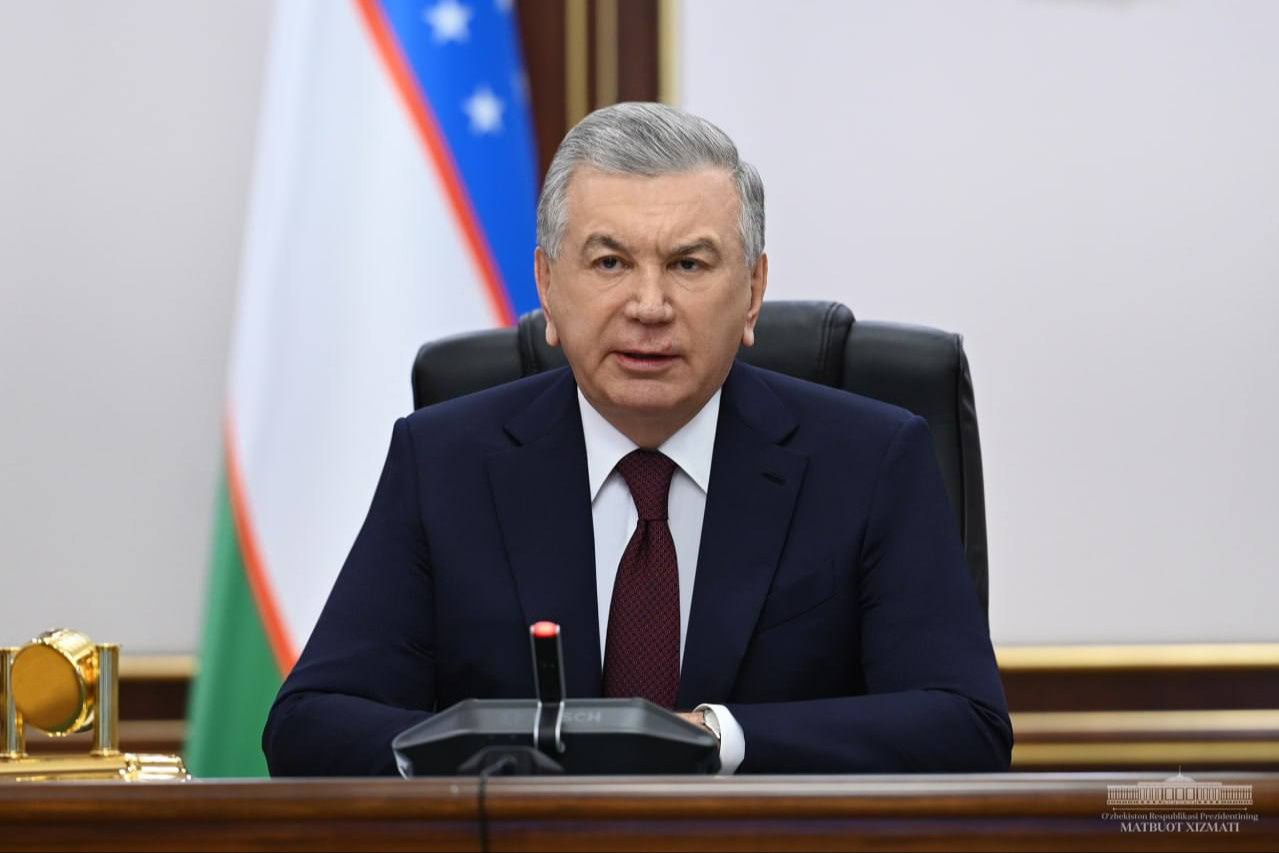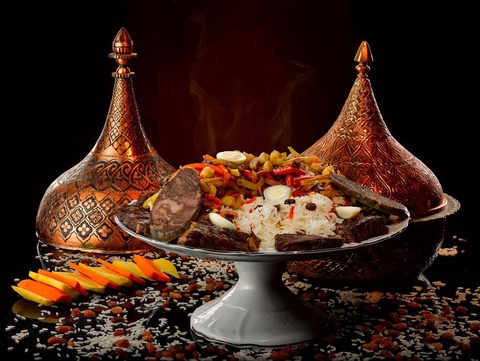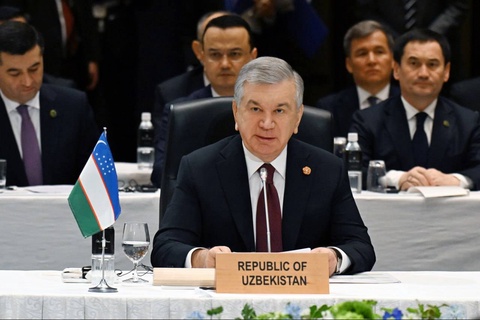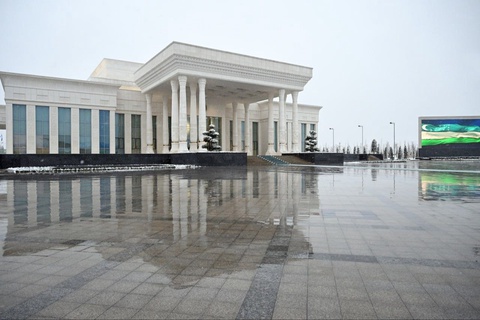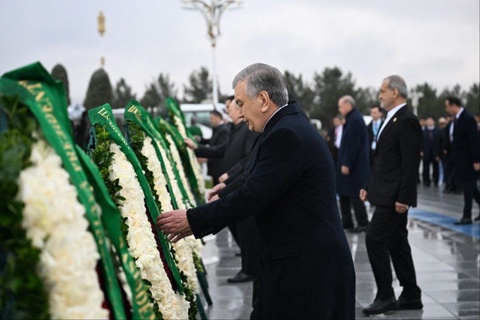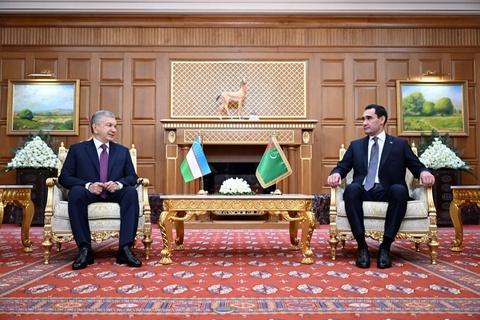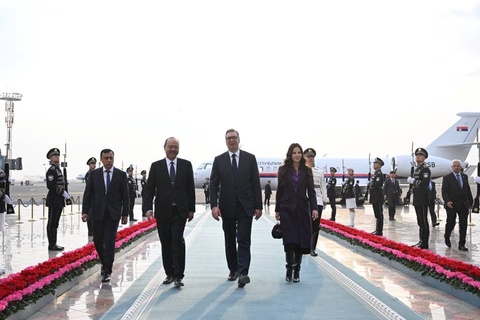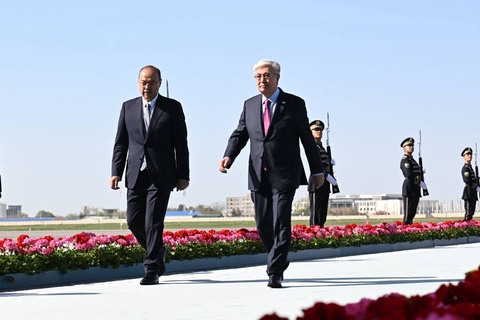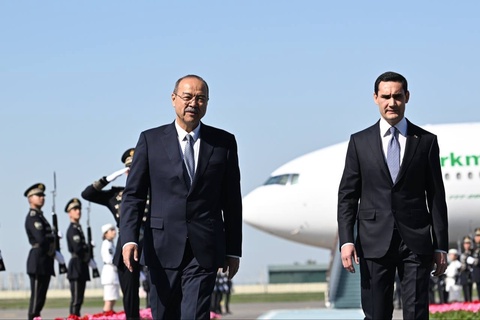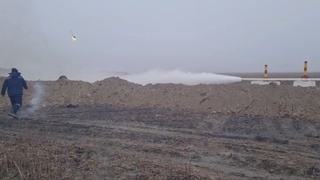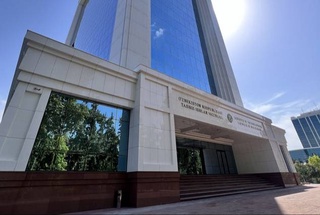Previously, the region’s economy was mainly associated with agriculture. However, over the past seven years, over $4 billion in investment has been attracted to the region, allowing the development of such industries as energy, electrical engineering, chemical industry, pharmaceuticals, textile and leather production. Over the past year, 1.5 million foreign tourists have visited Bukhara.
The visit of the Head of state to the region from May 31 to June 1 gave a new impetus to its development. All the tasks outlined during it will be fully completed by the end of the year.
At the same time, it is essential to ensure further growth of economic indicators in 2025 and increase employment and the population’s welfare. To this end, the working group studied additional regional opportunities and factors hindering entrepreneurship development.
At the meeting, which was held critically, it was noted that the region’s economic indicators do not match its potential. Work on developing investments and reducing poverty and unemployment was recognized as unsatisfactory.
In this regard, hokims, their deputies, and sector heads will switch to an emergency mode of operation for six months. All attention will be focused on improving these three areas. Particular attention will be paid to implementing 70 driver projects based on the experience of Saykhunobod, Uychi, Zarbdar, and Gijduvan. They will provide income to 150 thousand people and lift 40 thousand people out of poverty.
As noted, each district of the region can specialize in a certain industry. For example, Peshku and Shafirkan specialize in the production of building materials and textiles, the city of Kagan, Alat, and Jondor districts specialize in the food industry, and Gijduvan and Romitan specialize in the chemical industry. This will enable the implementation of entrepreneurial projects worth $150 million, the creation of 411 small businesses, and the provision of 12 thousand jobs.
Four textile factories worth $320 million will be built in Vabkent, Karakul, Jondor, and Alat. This will double the finished knitwear and textile product volume and create 5,000 jobs.
Next year, the number of foreign tourists is expected to reach 2.2 million, and the volume of tourism exports is expected to reach $600 million. This will be facilitated by the opening of 69 new hotels and 2,000 craft shops and stores.
An additional 20,000 hectares of land is planned to be developed, which will allow for the cultivation of an additional 100,000 tons of agricultural products and provide employment for 2,000 people. Trees and food crops will be planted on free lands of household plots, along canals, and along field edges.
Another opportunity is pastures. In Bukhara region, their area exceeds 2 million hectares. As part of the decisions taken at a recent meeting on fruit and vegetable growing development, it is planned to grow pistachios on unused pastures.
The Hokim of Bukhara region presented plans for using these opportunities. In general, due to foreign investments for $2 billion next year, it is planned to implement 106 projects, create 105 thousand permanent jobs, and increase exports by $350 million.
The Head of state pointed out the inadequacy of these plans and gave instructions to intensify efforts and improve results. It was instructed to review the proposals again and submit a draft of the corresponding resolution.


